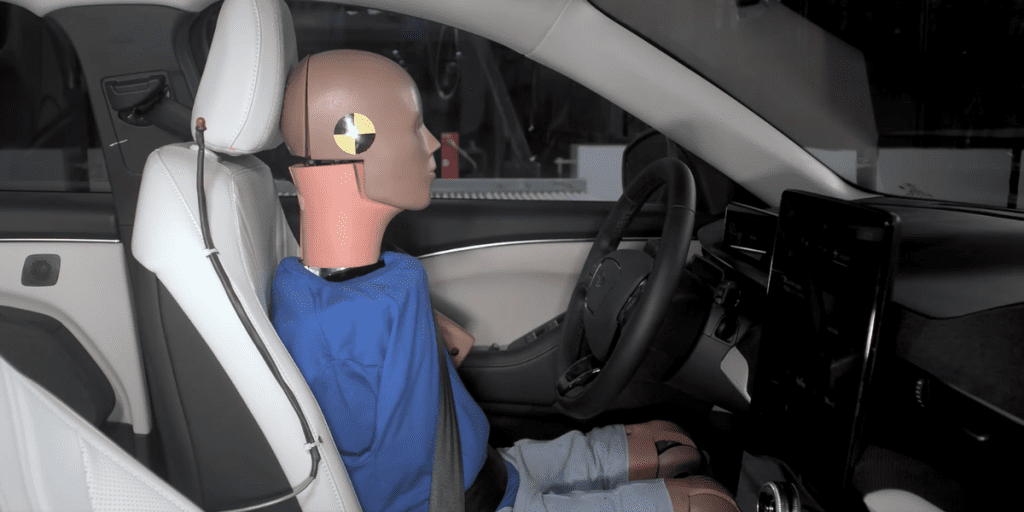Finally, Someone Came Up with a Decent Female Crash Test Dummy

Women are more likely to die or be injured in a crash, and one reason might be that we’ve been using crash test dummies based on the average male (as shown above).When crash test companies wanted to represent women, sometimes they used a scaled-down male dummy, but soon they may be able to use a new, better-designed dummy, thanks to the Swedish National Road and Transport Research Institute.Crashes do different things to the average male and female bodies, given size and muscle differences.
You can learn a lot from a dummy, especially if it’s a better representation of the average woman. For decades, crash test dummies were based on the average male body size, leaving the average woman less protected in crashes. We’ve known about this since at least 2013 when the National Highway Traffic Safety Administration published a safety report that found that women were more likely to be killed or injured in a crash and were especially “susceptible to neck and abdominal injuries.” The Insurance Institute for Highway Safety (IIHS) published a report with similar findings in 2019.
One of the researchers whose name was on all of those papers is Astrid Linder, director of traffic safety at the Swedish National Road and Transport Research Institute (known as VTI). Linder recently told the BBC about the work she and her team have done to develop a dummy that accurately mimics the average female body. This is not the first female-based dummy. IIHS has been using female crash test dummies since 2003, for example, and some crash test sites use scaled-down male dummies that represented women inaccurately. Linder said the one VTI developed is more than just a better size at five feet, three inches tall and weighing 97 pounds; the way it moves better represents how female bodies move in a crash, given their different muscle strengths.
Automotive safety engineers have worked on solutions for the past decade, too. In 2012, researchers published a paper on neck injuries in crash tests using “a new female dummy prototype.” Work continued on crash dummies that better represented female bodies. European researchers, for example, explored how better-designed dummies could help with whiplash injuries (2017) and quickly moved on to a broader discussion of how more representative “occupant models” would help more people in society (2019).
“We have differences in the shape of the torso and the center of gravity and the outline of our hips and pelvis,” Linder told the BBC.
Just because we now have a better way to test the impact of crashes on both male and female bodies does not mean that vehicle safety features will change tomorrow. No laws anywhere require crash tests to use male and female dummies, and engineers can’t fix problems they can’t identify. Some automakers are already using gendered dummies in their crash tests, but Linder said she hopes their use becomes much more widespread. After all, she said, all parts of the population deserve to be safer in vehicles.
This content is imported from OpenWeb. You may be able to find the same content in another format, or you may be able to find more information, at their web site.


